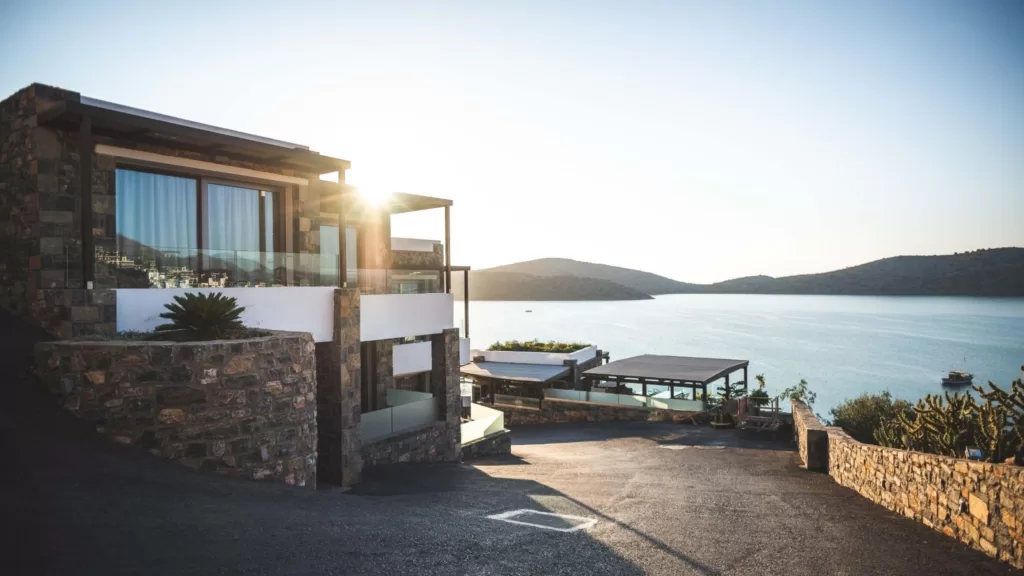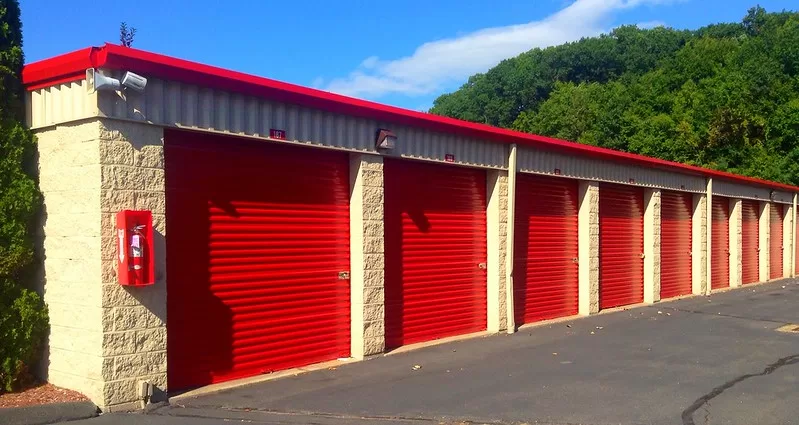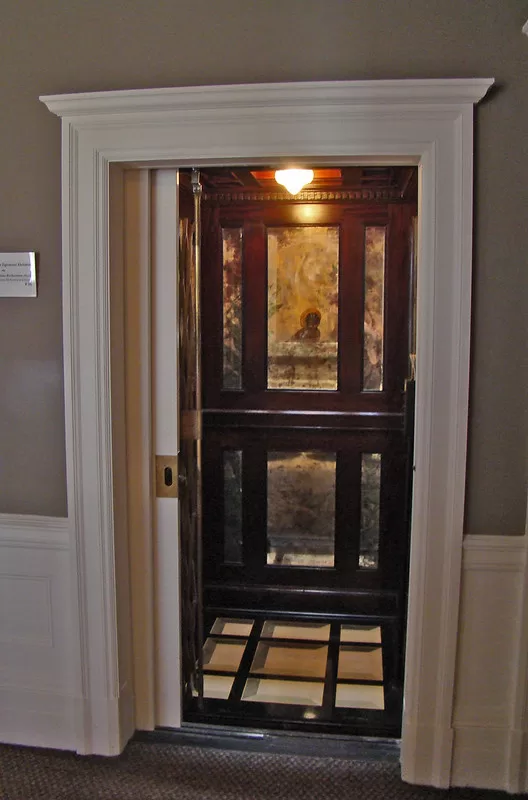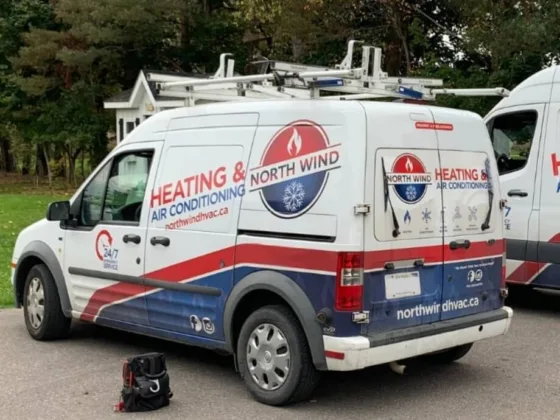Architecture is one of the world’s most cutting-edge fields, where innovators battle each other and themselves to outdo previous ideas or creations.

As such, starting a year can be thrilling and stimulating in architecture. As architects and designers like ThoughtCraft Architect adapt to changing realities by adopting cutting-edge technologies, methods, materials, or innovations while finding ways to use existing ones more creatively – it has been an exhilarating time in architecture history! We have identified several 2023 architecture trends that could define architecture practice: floating or tiny homes, which will likely get smaller over this year! 2023 looks set to bring with it exciting practices like these!
1. 3D-Printed Architecture
3D printed architecture has quickly grown increasingly attractive over recent years, and now that its time has arrived in 2023, its benefits are obvious.
3D printing offers numerous benefits; its simple yet efficient techniques reduce errors while saving time and effort during construction processes, speeding things along.
Los Angeles startup Azure 3D Printing prefab tiny homes using recycled plastic boast glass walls with recessed lighting fixtures and pocket doors; each home can be printed within 20 hours.
2. Tiny Houses
Tiny houses first started appearing as trendy architectural choices some two years ago. Since then, they’ve quickly become an appealing solution as a residence across Europe and India alike.
As 2023 draws closer, tiny homes may continue their rise in popularity – this year may witness even smaller footprints that still provide ample functionality at budget-friendly costs.
Boasting premium amenities and generous living space, it is an outstanding example of an ultra-compact tiny home at an amazingly fair price point.
3. Biophilic Architecture
Biophilic architecture has gained significant momentum this year, and we predict its widespread traction by 2023. Biophilic designs aim to foster homes that promote closer connections between humans and nature through biophilic elements in the design.
Biophilic design is an architectural strategy that strives to connect our human instinct for relationship to heart with the buildings we inhabit.
4. Timber Claded Homes:
In 2022, we saw an upsurge in homes featuring exterior cladding composed of charred timber cladding; this trend will likely become even more widespread by 2023.
Read Also :
This environmentally friendly design practice uses charred timber cladding that’s especially resilient against flames and insects and can even become waterproof through carbonization processes.
Assumed on a smaller scale by local campsites where cooking, sleeping, and gathering take place under one shared roof, creating an intimate community within itself, the design also serves as an efficient communal living space with all shared areas confined within one compact level.
5. Prefabricated structures
Prefabricated structures offer numerous benefits, from making projects more cost-effective to giving architects greater leeway regarding modularity and design simplicity. Prefab construction techniques also ensure sustainable projects remain flexible and help countries overcome labor shortage issues.
They feature an attractive steel frame with minimal edges and floor-to-ceiling glass walls, letting in ample light, making this portable prefab home perfect for rooftops in cities, beaches, mountains, or riversides! It truly makes life convenient.
6. Floating Buildings
Climate change and rising sea levels pose an unprecedented threat, creating an international crisis. Floating buildings offer one solution. As our planet becomes ever more overpopulated, humans may need to turn away from land in favor of water increasingly and sooner than we think, but hopefully not too quickly, may need to make this shift away from land towards the water.
As land becomes overpopulated, more floating architectural structures are being designed. Each includes a steel catamaran hull with a minimal timber support structure and bow-shaped windows to maximize viewing experiences of the surrounding forests they will pass. Finally, their exteriors boast pine plank exteriors to blend naturally when passing.
7. Brutalist Concrete
Brutalist architecture refers to structures that appear heavy or harsh at first glance but still possess artistic quality, creating patterns with light and shadow that give massive buildings dimension and playful compositions with light-and-shadow effects.
A home designed using this architectural approach features an impressive garden that considered large trees during its creation process, helping position this home at its northeast corner for added ease in this construction process.
8. Earth Friendly
Sustain Architecture Offers Earth-Friendly Architectural Solutions 2023 has seen sustainability become unavoidable; we no longer choose whether to practice sustainability. Architects are taking strides toward designing homes that meet this demand rather than offering greenwashed designs with no commitment to sustainable practices.
Home designs that seamlessly merge with nature aim to foster harmonious co-existence while lowering carbon footprints and supporting sustainable lifestyle choices. These homes strive to achieve these results without harming natural environments, leading to happier inhabitants.
To minimize environmental harm, each tree on the property was preserved and safeguarded against damage; their presence inspired its design, with volumes broken into more compact units for easier assembly – appearing “float above the earth”, barely touching down upon it.
9. Container homes
Shipping container homes are truly astounding! Imagine using recycled shipping containers as homes without substantially contributing to climate change! Once cleaned and reinforced for use as dwellings made entirely from shipping containers – without significantly impacting climate change.
They’re assembled into frames containing plumbing and electricity services needed in any modern home – like toilet plumbing! In Quebec, this cabin, referred to as “ducks”, houses all modern amenities while meeting contemporary living needs in everyday comfort – an amazing feat.
10. Structures on Stilts
Over the coming decade, we will likely witness an explosion of structures built on stilts for aesthetic and environmental purposes, particularly as sea levels continue rising and flooding occurs frequently in certain regions.
When building cabins using local wood material, they were elevated on steel columns set onto concrete plinths to cause minimal disturbance to their surrounding environments while creating a maximum viewable area from each cabin suite.









